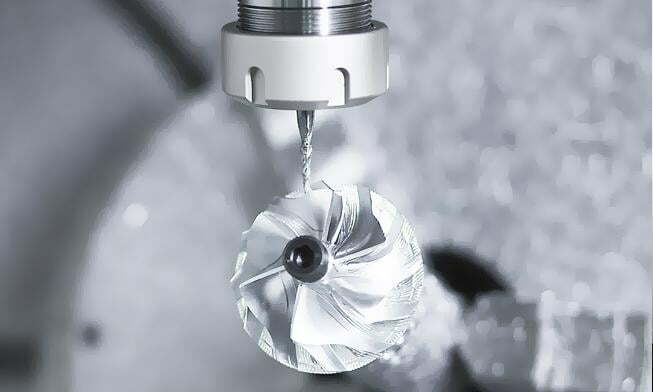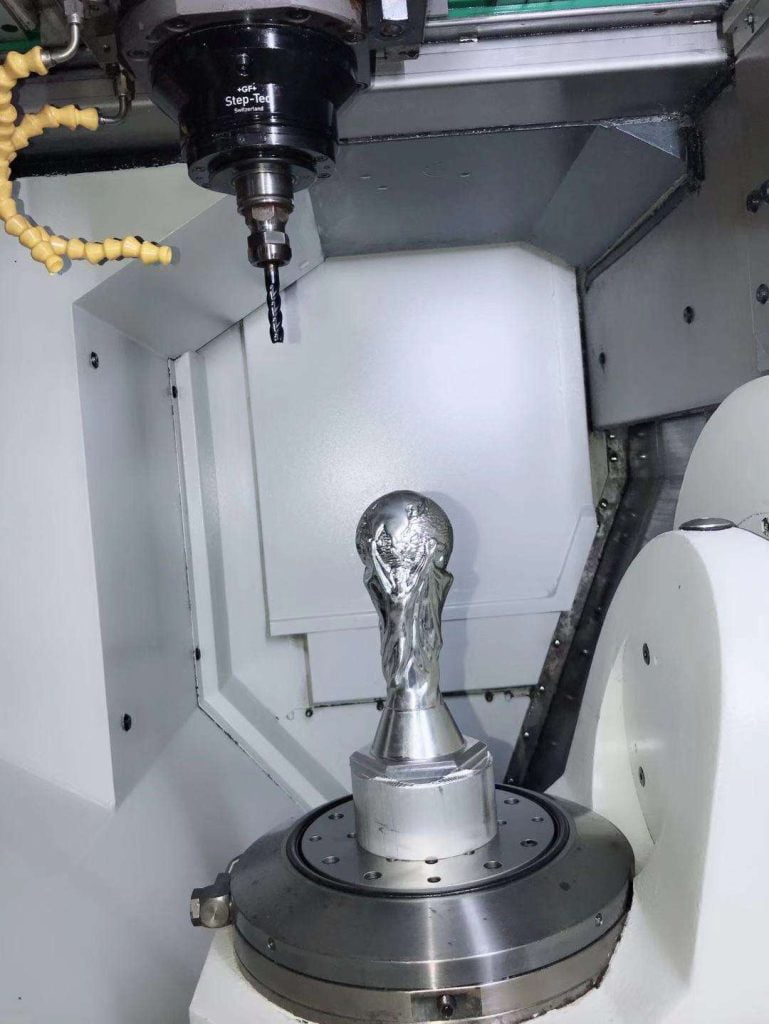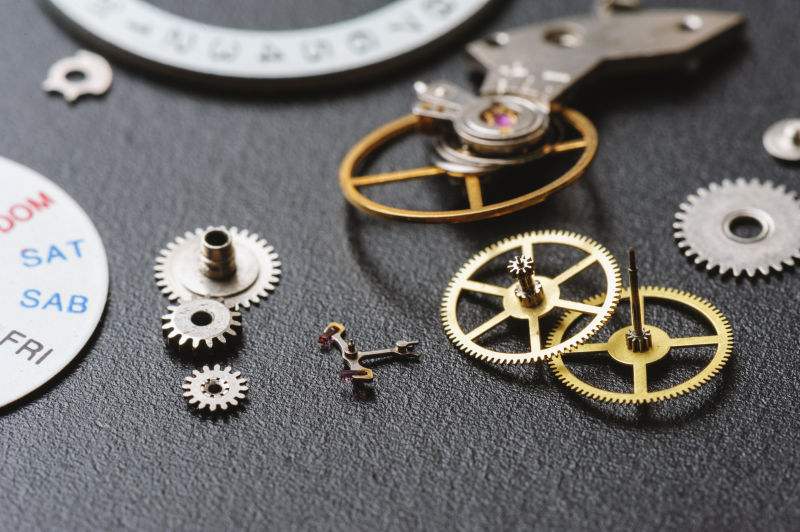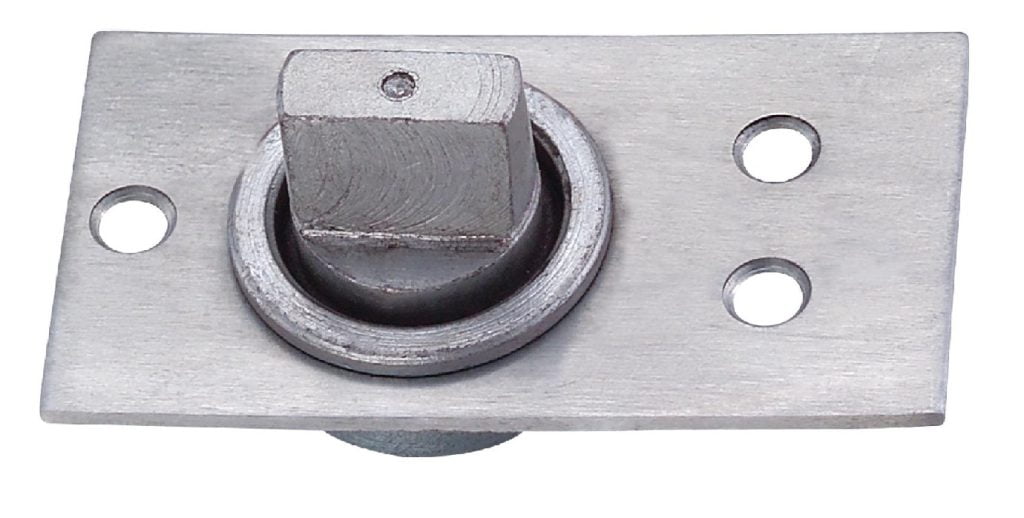CNC five axis machining parts refers to the simultaneous movement of cutting tools or parts along five axes using computer numerical control (CNC). The cutting tool moves continuously along each axis so that the tool tip is always perpendicular to the part. This process allows us to process various complex parts. This article will introduce what is five axis machining and briefly introduce the advantages of CNC five axis machining.

What is five axis machining?
Five axis machining parts includes all axes of four axis machining, as well as an additional rotation axis. The five axis machine tool is a highly efficient CNC machine tool today, which can create precise and complex parts for automobile molds, oil and gas mechanical parts, titanium parts, medical, construction and aerospace products.
The fifth axis of the five axis machine tool revolves around the B axis, while the B axis rotates around the Y axis in the X, Y, Z planes. This multi-dimensional rotation and tool movement enable the B axis to have unparalleled precision, finish and speed in workpiece production. Five axis machining is suitable for very complex parts, which is why it is so important in advanced applications such as aerospace applications.
Five axis machining has become more and more popular, not only because it provides a single step machining option (reducing delivery time), but also because it can better access the geometry of parts, and improve tool life and machining efficiency by tilting the workbench. Ideal cutting position.

Benefits of CNC five axis machining
he advantages of CNC five axis machining are:
1. Single setting: The three-axis machine tool requires multiple settings, which may lead to incorrect alignment, higher costs and other errors. Using CNC five axis machining, we can process complex shapes through a single setting, thus improving efficiency, saving time, reducing costs and preventing operator errors.
2. Shorter cutting tools: CNC five axis machining allows us to use shorter cutting tools because we can lower the tool head and properly orient the tool. This helps achieve higher cutting speeds without putting too much pressure on the cutter. Shorter cutting tools can also reduce tool vibration, which may lead to cavities and cores. Since the five axis machine tool has less vibration, we will see better surface finish.

- Complex parts: This process enables us to process complex parts that otherwise need to be cast. If we have small batch production or prototype manufacturing, we can process the parts in a few weeks instead of waiting for months to complete the casting.
Extended tool life: We can maintain constant chip load and optimal cutting position, thus extending the cycle time and life of the tool.
- Hole drilling: CNC five axis machining provides the ability to drill a series of holes with various composite angles in time. This can save a lot of time. If we use a 3-axis machine, we need to use different settings for each hole.
- Collision avoidance: the ability to tilt the workbench or cutting tools to prevent collision with the tool support.













